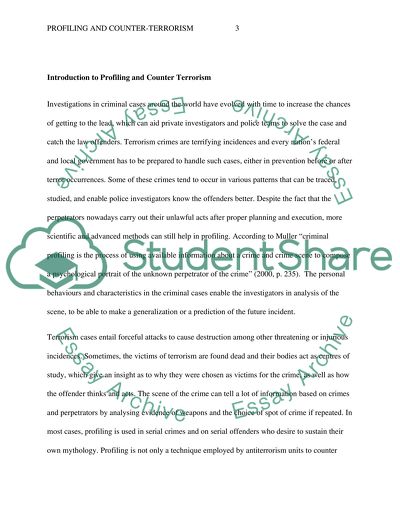Cite this document
(“Profiling and Counter-terrorism Term Paper Example | Topics and Well Written Essays - 2000 words”, n.d.)
Retrieved from https://studentshare.org/law/1484330-profiling-and-counter-terrorism
Retrieved from https://studentshare.org/law/1484330-profiling-and-counter-terrorism
(Profiling and Counter-Terrorism Term Paper Example | Topics and Well Written Essays - 2000 Words)
https://studentshare.org/law/1484330-profiling-and-counter-terrorism.
https://studentshare.org/law/1484330-profiling-and-counter-terrorism.
“Profiling and Counter-Terrorism Term Paper Example | Topics and Well Written Essays - 2000 Words”, n.d. https://studentshare.org/law/1484330-profiling-and-counter-terrorism.


